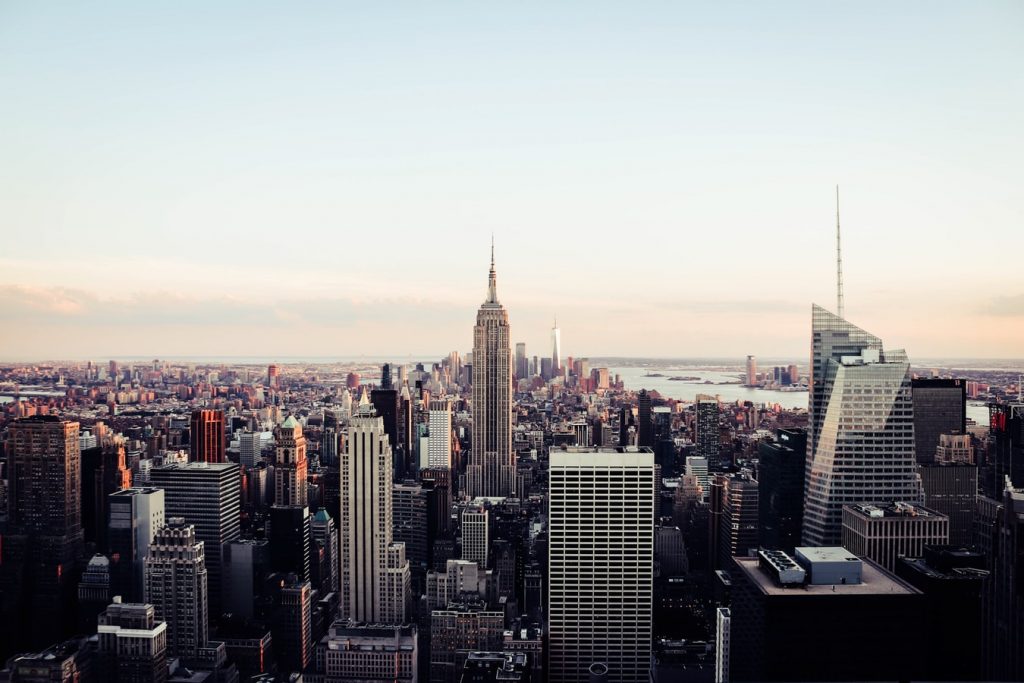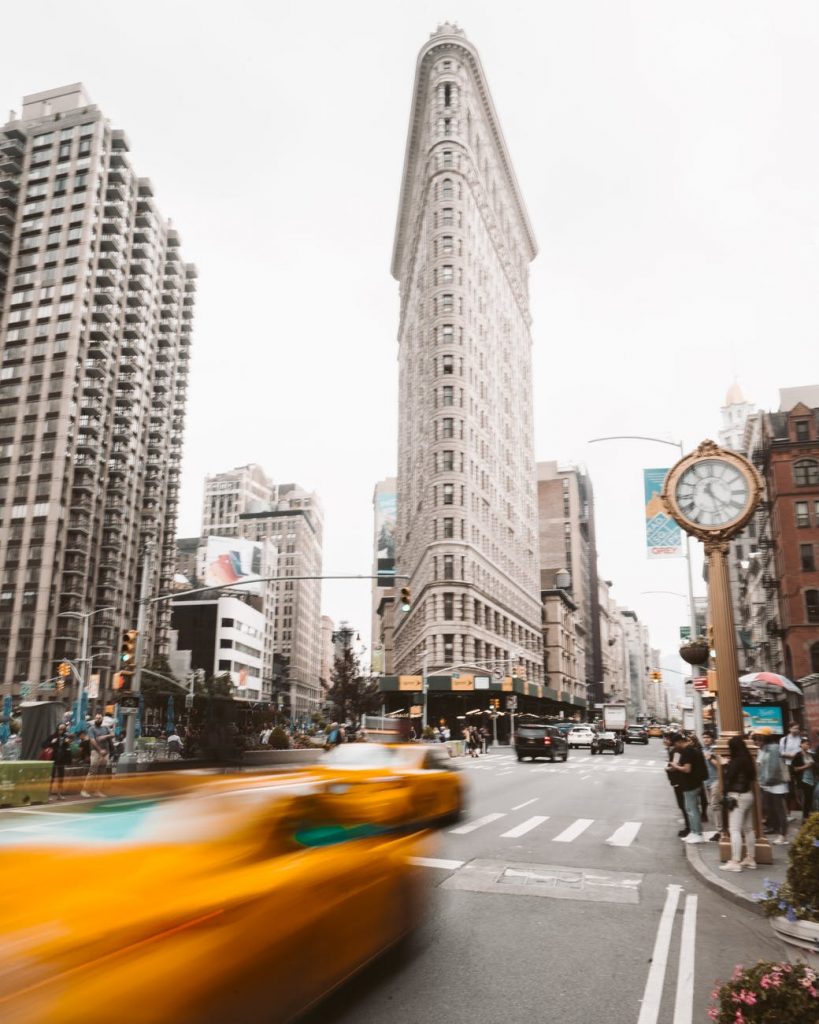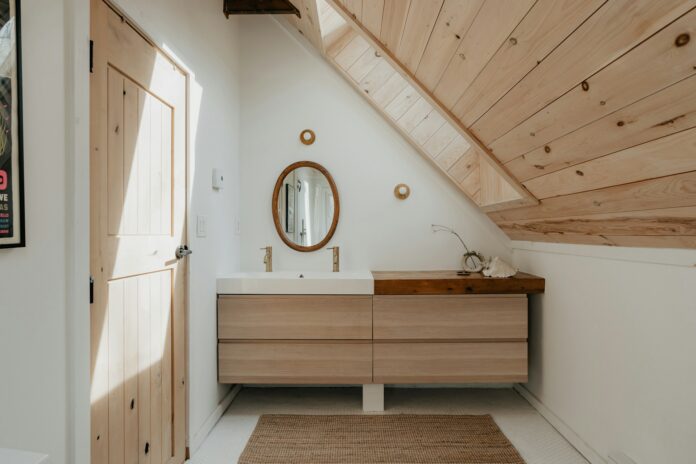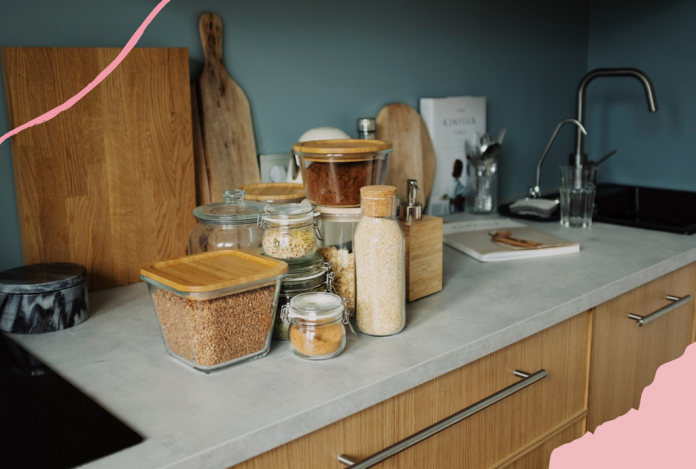Once upon a time, pop-ups were considered a short-term promotional tactic and nothing more. Sure, they were able to grant exposure to your business in a fresh, new setting, but in reality, they weren’t viewed as having much more ambition than that.
How things have changed. Over time, pop-ups, temporary stores and residencies have evolved into a very profitable industry in their own right, possessing a guerilla spirit and rebellious energy which makes them perfectly suited to launching new products and testing the waters in and amongst emerging market segments.
The brilliant thing about pop-ups is that you can use them to expand internationally, presenting the opportunity for businesses to familiarise themselves with new markets and see if the potential is there to make some serious money.
If you’re looking for that international reach and expansion potential, New York City is the perfect place to not only validate your business goals but also grow your brand. The defining characteristic of this mega city is one that is constantly evolving, diversifying and innovating, and this makes it a fertile, fruitful ground to test and nurture new ideas.
Whether you want to launch a new product, create a unique brand experience, test a fresh idea or increase your sales capacity, New York City could be the place for you.
Pop up shops New York City offer high flexibility, enabling you to make great strides and a good return on a low investment within a short time. Moreover, you can use these temporary rental spaces as a marketing strategy to announce your brand on the world stage, display seasonal items and introduce new products to the market. Pop up spaces in NYC will not only work for you during peak season but also at any other time of the year. Should you play your cards right, that is.
If this forward-thinking, ambitious place sounds like it chimes perfectly with your brand’s expansion plans, then read on; here are 6 tips for setting up a pop-up shop in New York.

PRICE
First things first, you need to have a clear, strict budget for your pop up space. Pop up shops tend to be energetic affairs with a defiant spirit at their core; and this is fantastic for catching the eye of customers and establishing brand loyalty. However, this slightly chaotic aesthetic isn’t perhaps so good for your finances.
Setting a strict budget will generally determine the neighbourhood where you can set up your brand presence and the size of the space you can take up. This is because NYC rent varies hugely based on square footage, utilities and location.
Melissa Gonzalez, writer of the The Pop Up Paradigm: How Brands Build Human Connections in a Digital Age, explained to Biz Journal that “a $20,000 investment can provide about 300 square feet of retail space for a couple of weeks, with WiFi and electricity included, but the seller will need some do-it-yourself décor. A month’s rent for that same size space would be about $60,000. To do everything from scratch, it can cost up to $100,000 for a month, with spaces in SoHo or the Meatpacking district going for $30,000 per week in rent.’’
You thought this pop up thing was going to be cheap? Think again.

LOCATION
Gonzalez also explains that “A common mistake for companies outside New York who want to target shoppers in Manhattan is to want to do business in SoHo because it is a perceived as a sexy part of the city.”
Not only is this area excruciatingly expensive, but your customer base might not even be here. Though footfall may be high in SoHo, it’s transient and touristy, and perhaps not the type of customer you’re keen to get on board with your brand in the long term. If your brand has an alternative vibe for example, head south-west to Nolita for something a little hipper in Manhatten.
Indeed, the location of a pop-up shop is perhaps the feature most likely to determine whether you achieve your goals or not. Choosing a location that does not attract significant footfall will not offer much value for your business. Across Williamsburg Bridge and into Williamsburg, or alternatively, further south to Red Hook in Brooklyn, might present you with a clientele more suited to your brand, and for cheaper rental prices, too.
Remember, pop up shops thrive on organic encounters with consumers who did not intend to shop but were eventually compelled to by impulse. If you are considering setting up your pop up shop within another shop or business establishment then you need to look beyond the location by taking their customer base into account.

NAIL YOUR UNIQUE CONCEPT
It’s not enough to simply open up a pop-up shop and pray the people will come. You need to make a lasting impression. To get an insight into what has been popular in the last few years, Insider Trends have put together this excellent guide on 51 of the best pop-up stores in 2019 which you can check out here.
It details e-commerce fashion app Depop, who invited some of its best sellers to Broadway for a two day immersive event aimed at Gen Z, focusing on issues important to them like transparency, sustainability and activism. Since then, it seems like Depop have gone from strength to strength ensuring loyalty both on the seller and buyer side of the business. Coincidence? Perhaps. Or how about a case of ‘making your own luck?’
Another notable pop up was the teaming up of the Pantone Colour Institute and electronics company LG who got together for a pop-up café in SoHo. This event saw local baristas serve flavoured lattes inspired by the company’s four colours of the summer. Well, that’s certainly one way to consume a product.
What links these two pop up success stories is the fact that both companies showed clarity of vision and a focus on one niche element of their offering, in order to reach consumers on a level above the purely superficial.
Accordingly, you need to have an idea of how you would like your New York pop up set up to look and, more importantly, feel. It’s this emotional, physical resonance which will chime with consumers in the long run.
For instance, do you want it to occupy the storefront or be situated within a booth in a shared bricks-and-mortar space? And how will this reflect consumer engagement? You can make this decision based on the product you are offering and the duration of time you intend to have a presence in a pop up space. Equally important for consideration are the kind of opportunities and amenities you will be able to access in this space.

COLLABORATE WITH LOCAL BRANDS
Consider hooking up with local brands – billed as collaborations – to make better connections within the area and harness the power of long-established connections and followings. Do you need a bartender at your pop-up, or perhaps you’re after some snacks to serve? Enlist the help of a local chef or mixologist from a New York bar with a cult following, and watch your attendees go wild!
This thing can be symbiotic. A good example of this is London-based company Liberty, who tested out the potential to make inroads into the US market by partnering with US retail giant Nordstrom, hosting a themed shop ‘Pop-In’ at a stateside Nordstrom store. The store stocked merchandise in Liberty’s iconic floral patterns, too, and both companies benefited from the new reach they’d achieved.
If you’re a foodie company, take a leaf out of fashion company Club Monaco’s pop-up book. They appeared in world renowned Copenhagen restaurant Noma, offering a nature-themed concept store that took cues from the natural plating style of the restaurant. There’s that sense of symbiosis again. Channel the same energy via collabs with cult New York companies.
TIME OF YEAR
In 2019, we saw Paypal launch a pop up in Fifth Avenue around the holiday season – one of New York’s busiest shopping streets at one of New York’s busiest times of year. At the same time, Millennial focused media company theSkimm opened a pop-up in New York which helped customers to find the perfect gift for Christmas and had recharging lounges for customers to relax in should the Christmas shopping get the better of them.
Why do we mention this? Well, the holiday season is reliably, consistently the time when everyone wants to do pop-up, and for good reason; not only is footfall much higher, with the buzz of Christmas shopping in the air, but people are generally more susceptible to discovering new brands, too, with the festive spirit high. Don’t neglect recognising and optimising the importance of time of year when organising your pop-up.
New York Fashion Week is another fertile time for brands wanting to be seen in the Big Apple. As such, pop-up competition is larger at these times of year and rents are more expensive as a result. The reward, in tandem, is also much greater. Assess your budget accordingly to figure out whether the higher cost is going to be worth the extra visibility.
DURATION
Before you set out to look for a space for your pop-up store in NYC, you must decide on how long you’re hoping to be running the shop in the retail space for rent. Generally, you can set up a pop-up shop for as little as one day or as long as three months. Longer, and it’s not really considered a ‘pop-up’ anymore, and you risk losing some of the momentum you’ve worked so hard to build.
The secret to determining the length of time you’ll be out there is by linking this decision to your goals. If you want to drive more sales and grow your revenue, you may want to think beyond a weekend-long pop-up. On the other hand, when thinking about a weekend-long pop-up, you must consider the fact that it has New York’s foot traffic experiences huge ebbs and flows throughout the week.
Areas with a high concentration of offices, for instance, will be lucrative during the week, but may be akin to a ghost town at the weekend. Many companies choose to host their pop-ups only Monday to Friday or solely at the weekend because of this.
THE BOTTOM LINE
Pop-up shops are a fantastic way to test the waters of your product and see if it boasts the same reach in new and previously unexplored markets.
Before expanding across the pond, which can be a move ripe with potential but also fraught with tension, it represents a smart business move to first host a pop-up shop to familiarise yourself with the unique demands of a new city. The fact that the city is perhaps the most famous in the world certainly won’t hurt! Good luck.





